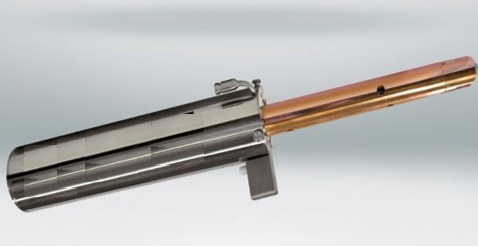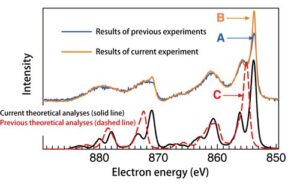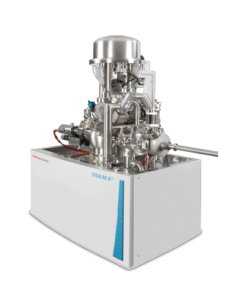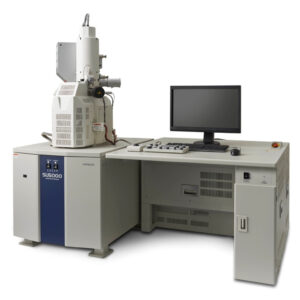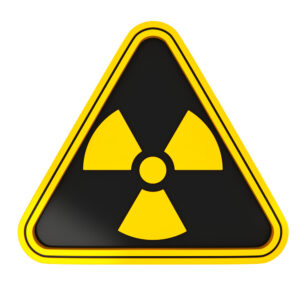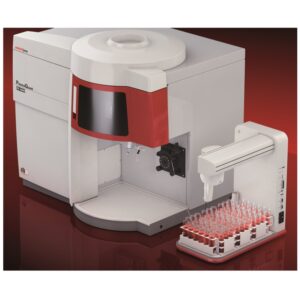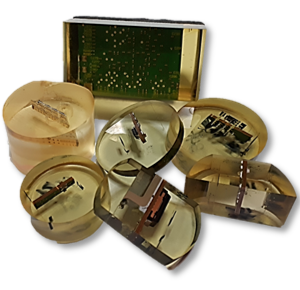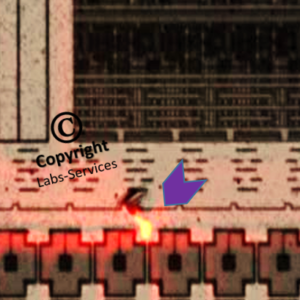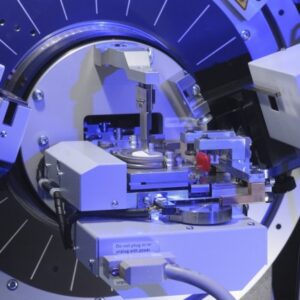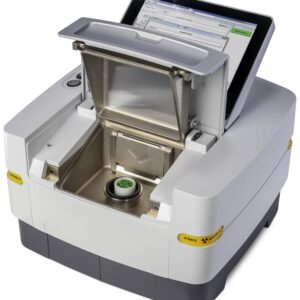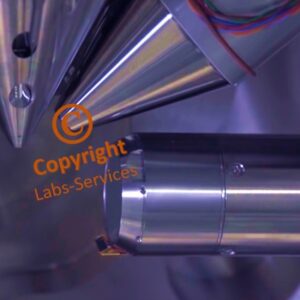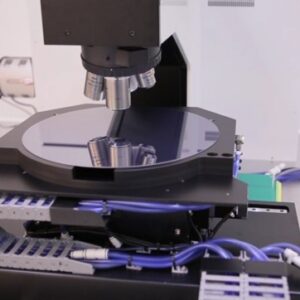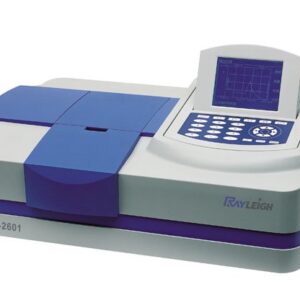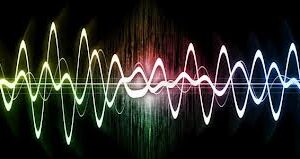Description
ELECTRON SPECTROSCOPY FOR CHEMICAL ANALYSIS(ESCA) is also known as X-ray Photoelectron Spectroscopy(XPS). This method measures the very top surface chemistry of any material with the depth of about 10nm. The detection cover most elements except for Hydrogen(H) and Helium(He) , oxide thickness measurement at approximately 0.01 atom %. Long detection time is required for it to achieve ppm level.
ESCA is commonly used for analysis of semiconductors, metal alloys, polymers, elements, catalysts, glasses, ceramics, paints, inorganic compounds, plastics, papers, inks, woods, plant parts, make-up materials, teeth, bones, medical implant, bio-materials etc.
In the testing environment only those electrons that escaped from the sample surface into the vacuum chamber and reach the detector will be detected. Therefore, a photo-electron must travel through the sample to make it happen. Photo-emitting electrons can undergo inelastic collisions, recombination, excitation of the sample, recapture or trapping in various excited states within the material, all of these can reduce the number of escaping electrons.

